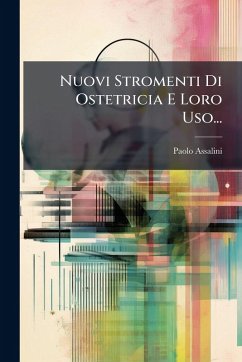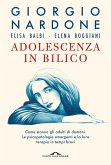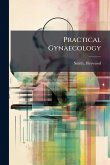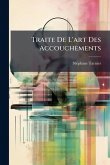Nuovi Stromenti Di Ostetricia E Loro Uso... is a historical treatise by Paolo Assalini detailing new obstetrical instruments and their application. Written in Italian, this book provides insights into the medical practices and technologies used in obstetrics during the period it was written. It offers a detailed look at the instruments, likely accompanied by descriptions of their design, materials, and practical usage in childbirth. This book is a valuable resource for historians of medicine, those interested in the evolution of obstetrical practices, and anyone studying the history of medical technology. This work has been selected by scholars as being culturally important, and is part of the knowledge base of civilization as we know it. This work was reproduced from the original artifact, and remains as true to the original work as possible. Therefore, you will see the original copyright references, library stamps (as most of these works have been housed in our most important libraries around the world), and other notations in the work. This work is in the public domain in the United States of America, and possibly other nations. Within the United States, you may freely copy and distribute this work, as no entity (individual or corporate) has a copyright on the body of the work. As a reproduction of a historical artifact, this work may contain missing or blurred pages, poor pictures, errant marks, etc. Scholars believe, and we concur, that this work is important enough to be preserved, reproduced, and made generally available to the public. We appreciate your support of the preservation process, and thank you for being an important part of keeping this knowledge alive and relevant.
Bitte wählen Sie Ihr Anliegen aus.
Rechnungen
Retourenschein anfordern
Bestellstatus
Storno








